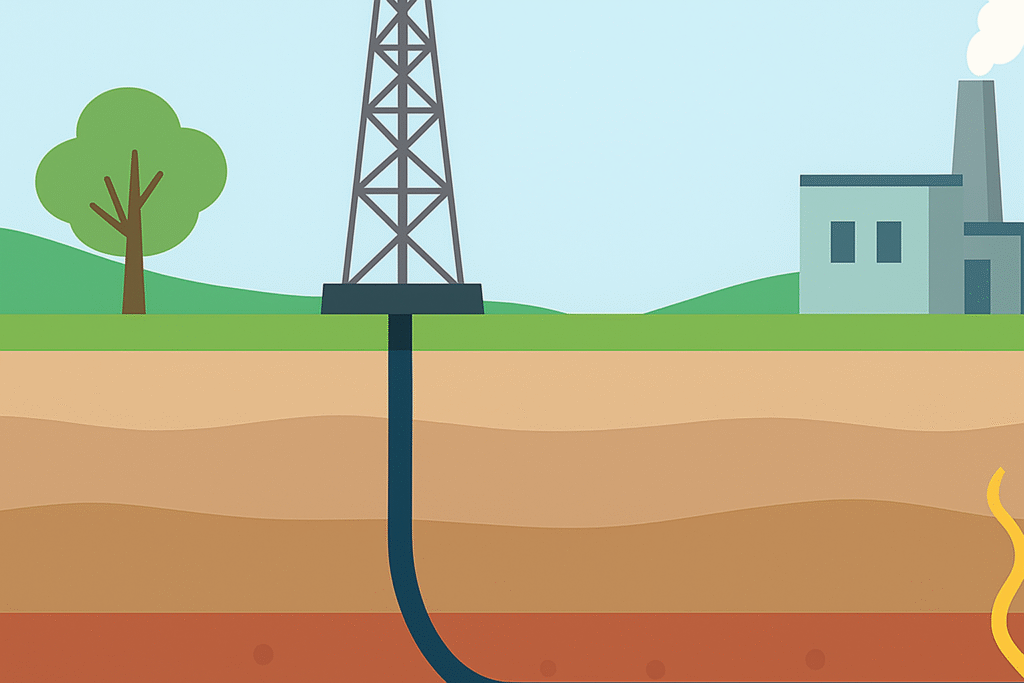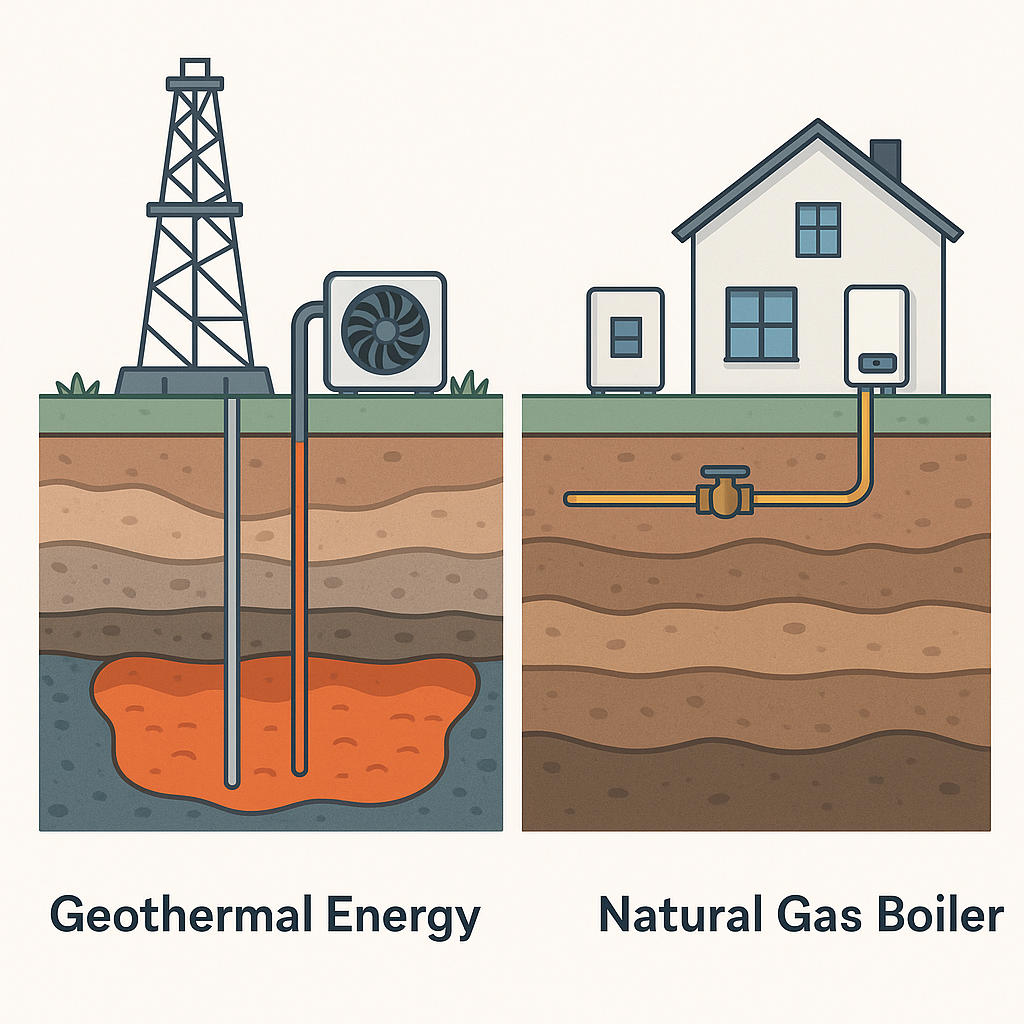Geothermal energy works by harnessing underground heat from the Earth itself. While most geothermal power plants extract heat from subterranean water or steam, enhanced geothermal systems drill into hot, dry rock before adding a fluid that helps in capturing heat energy.
In this guide, we’ll discuss enhanced geothermal systems, exploring what they are, how they work, and in what ways they might represent the future of renewable energy.
What are Enhanced Geothermal Systems?
Enhanced geothermal systems allow for harnessing geothermal energy from hot, dry rock where most geothermal heat is naturally stored.
Unlike conventional systems, which depend on access to underground reservoirs, enhanced geothermal systems see fluid injected into fractured rock to create steam or hot water, which drives turbines. In other words, this involves creating an artificial reservoir.
Artificial reservoirs can be created where temperatures below the surface are high and the rock has low-permeability. EGS must work at sufficiently high temperatures and a sufficient depth in order to work.
While costly, EGS can enable geothermal energy extraction in areas that would otherwise be unviable. These systems are also known as engineered geothermal systems.
Are Enhanced Geothermal Systems the Future?
Enhanced geothermal systems may play a meaningful role in the future, though a core challenge they currently face is the cost involved. Along with the cost, the potential for low-level seismicity also raises questions over how feasible standalone EGS are for the future.
Recent developments include the Frontier Observatory for Research in Geothermal Energy, or FORGE, located in Utah in the United States. FORGE is a rural field site where EGS technologies can be tested and developed. This enables scientists and engineers to work toward breakthroughs.
Moreover, in general, there have been around twenty well-to-well circulation EGS projects developed. Most of these exist for research or otherwise generate low levels of energy.
EGS may exist as a separate system or as part of a traditional geothermal energy project. Separate enhanced geothermal systems will only make sense under certain circumstances. This is given the higher costs due to the drilling involved and the stimulation of rocks to create permeability.
Overall, enhanced geothermal systems will likely exist both as standalone projects and continue to appear as a technique as part of conventional geothermal systems.


